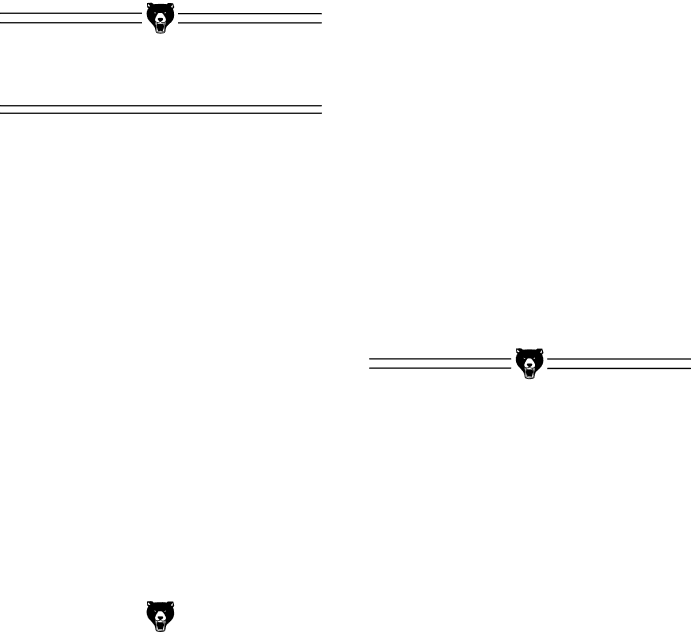
Crosscutting | Stacked Cuts | |
|
|
|
|
|
|
In addition to its ability to rip lumber, the bandsaw is capable of crosscutting lumber as thick as 41/8". Use the miter gauge when making straight cross- cuts to push your workpiece through the blade.
When making angled crosscuts, adjust the miter gauge to the angle you desire and use it to guide your workpiece along the blade.
If your workpiece is cylindrical, you will need a V- groove jig to support the material you wish to cut.
Cutting Curves
When cutting curves, simultaneously feed and turn the stock carefully so that the blade follows the layout line without being twisted. If a curve is so abrupt that it is necessary to repeatedly back up and cut a new kerf, use either a narrower blade or a blade with more set. A blade with more set can cut relatively tighter radii, though the cut is usually rougher than cuts produced by a blade with medium set.
Always make short cuts first, then proceed to the longer cuts. Relief cuts will also reduce the chance that the blade will be pinched or twisted. Relief cuts are cuts made through the waste por- tion of the workpiece and are stopped at the lay- out line. As you cut along the layout line, waste wood is released from the workpiece, alleviating any pressure on the back of the blade. Relief cuts also make backing the workpiece out easier, if needed.
BLADE WIDTH |
| MINIMUM RADII |
1/8" | 3/16" | |
1/4" | 5/8" | |
3/8" | 1 1/2" | |
1/2" | 2 1/2" | |
|
|
|
|
|
|
|
|
|
|
|
|
One of the benefits of a bandsaw is its ability to cut multiple copies of a particular shape by stack- ing a number of workpieces together.
Before making stacked cuts, it is essential to ensure that both the table and the blade are prop- erly adjusted to 90°. Otherwise, any error will be compounded with each piece cut from the top to the bottom of the stack.
To complete a stacked cut:
1.Align your pieces from top to bottom to ensure that each piece has adequate scrap to provide a clean, unhampered cut.
2.Using brads in the waste portion of each piece, secure all the pieces together.
3.Lay out the shape you intend to cut on the face of the top piece.
4.Make relief cuts perpendicular to the outline of your intended shape in areas where changes in blade direction could strain the woodgrain or cause the blade kerf to bind.
5.Cut the stack of pieces as though you were cutting a single piece. Follow you layout line with the blade kerf on the waste side of your line.
G1052 9" Bandsaw |